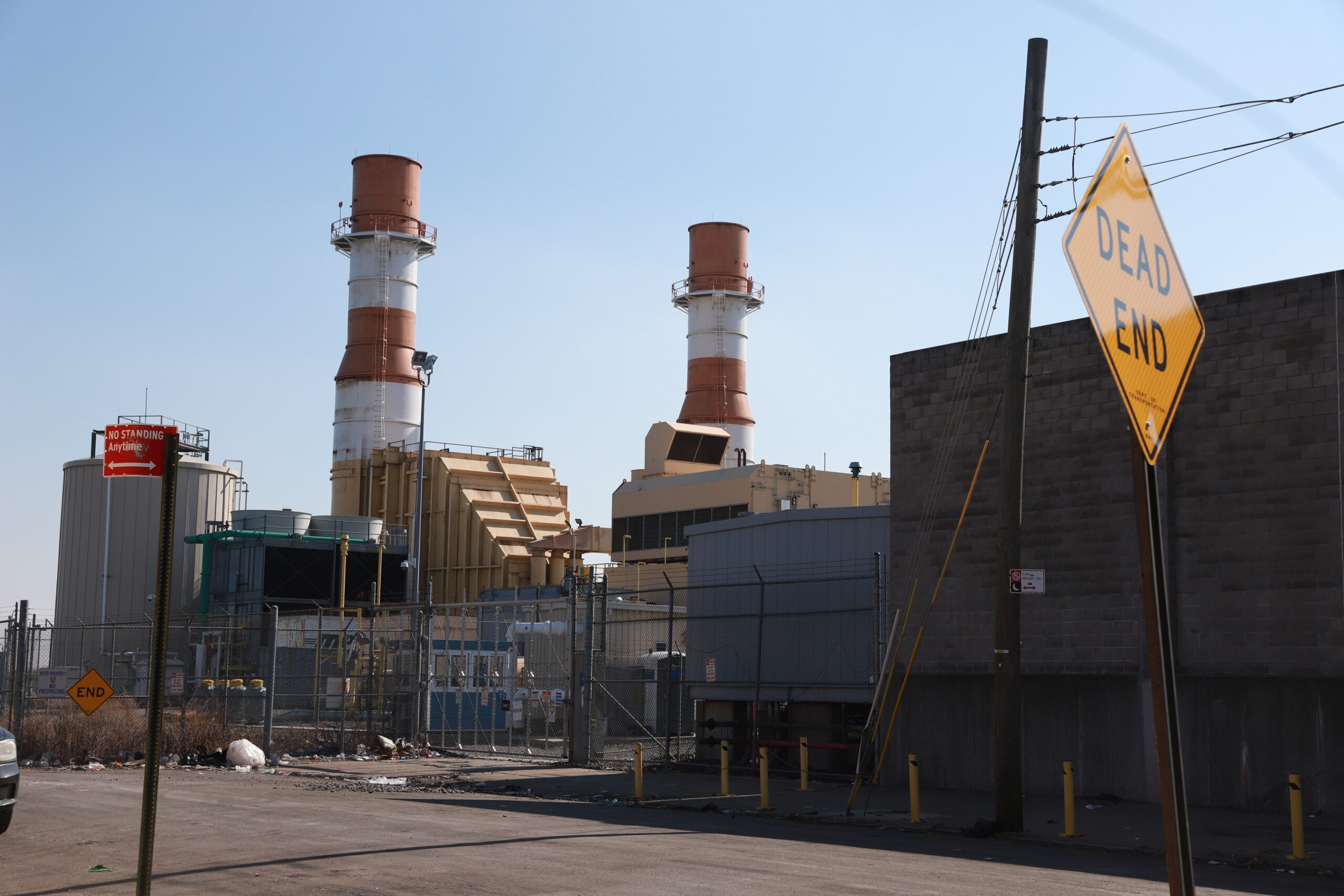Clean energy is on its way to the city. But residents of the South Bronx want to ensure it comes with concrete commitments to end the polluting footprint of four New York Power Authority natural gas-powered peaker plants in the neighborhood.
A group of South Bronx organizations and elected officials have penned a letter requesting that the Department of Public Service make its acceptance of a clean energy project contract contingent on an agreement from the Power Authority to close its South Bronx peaker plants when enough renewable energy is available in the city. The renewable energy project, Clean Path New York, is helmed by the Power Authority in conjunction with energyRe and Invenergy.
Letter signees include Assemblywoman Amanda Septimo, State Sen. Gustavo Rivera, and representatives of local organizations including South Bronx Unite, The Point CDC, the Bronx Council for Environmental Quality, and BronxWorks.
Arif Ullah, executive director of South Bronx Unite, is concerned by the prevalence of asthma in the neighborhood and how the plants compound the problem. Peaker plants, or peak power plants, jump into gear only when consumers’ energy needs are high. The NYPA peaker plants were introduced to the city in 2001, with two locations in Port Morris, both close to the water: two turbines at the Hell Gate plant and two at the Harlem River Yard plant.
“We want to make sure that at least, at minimum, that the peak power plants that are in our community will be retired as soon as the renewable energy from these projects are brought online,” said Ullah.
Beyond Port Morris, there are peaker plants all over the city, in the hands of various owners, including the Power Authority and Con Edison. The peaker plants are major polluters; according to Gothamist, they produce 20 times the amount of nitrogen oxide and double the carbon dioxide that other plants do to generate the same amount of electricity.
Although the South Bronx plants produce lower nitrogen oxide levels than many of the city’s other peaker plants, PSE Healthy Energy ranks them as the most harmful ones, in its Cumulative Vulnerability Index. That index measures local communities’ vulnerability based on several factors, including public health and median income.
Clean Path New York plans for the construction of a transmission line from Delaware County into Queens and would bring wind and solar power from other regions of the state into the city. A representative said in an email that although the line’s routing has yet to be determined, the Bronx portion is expected to be minimal.
But Clean Path New York isn’t the only big clean energy project in the works. The Champlain Hudson Power Express is an underground transmission line slated to begin powering the city in 2025. The line will travel into New York from Quebec, bringing Canadian hydropower with it. Route maps show the line entering the South Bronx from the Harlem River, then re-exiting to cross the Bronx Kill into Randall’s Island. Like the Clean Path NY transmission line, the Power Express line will be built underground and underwater.
Both energy projects help New York to comply with its 2019 Climate Leadership and Community Protection Act, which imposed a 2030 deadline to slash state greenhouse gas emissions by 40% and attain 70% renewable electricity.
Assembly member Amanda Septimo said that the current moment in New York, when energy is being reconsidered, offers an opening for change.
“It primes the opportunity to say okay, here is this thing that’s causing harm, how can we adjust it and fix it,” said Septimo.
Ullah of South Bronx Unite said that these clean energy projects were not properly communicated to local organizations like his. He hopes that state agencies will listen to under-resourced communities going forward.
“We want to make sure that that in fact happens and it’s not just lip service,” he said.
In an email statement, the Power Authority said that it was “actively working with New York City based stakeholders and advocates, including the PEAK Coalition, and other key partners regarding its steadfast commitment to transition its Small Clean Power Plants, known in the industry as peakers, to low or zero carbon emission resources and technologies by 2035.”
To community members concerned about the pollution from the plants, however, 13 years down the line isn’t soon enough. Air pollution and asthma in the Bronx are major causes for concern.
“Well, you can definitely tell that the air quality is degraded,” said Gabriel Foreman, a signee of the letter and co-founder of Duro UAS, a South Bronx-based company that develops technology for environmental data collection. “You have freeways, you have different contributing factors, but I think the Bronx is a wonderful place that would be even more improved with better air quality,” he added.
And for Foreman, this movement isn’t over with just a letter.
“We believe strongly that for a healthy community, you need healthy air,” said Foreman. “So we absolutely will remain involved.”

